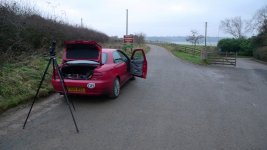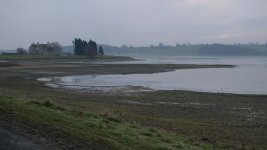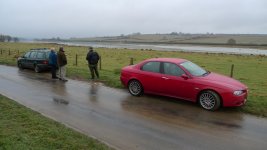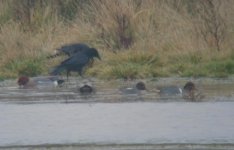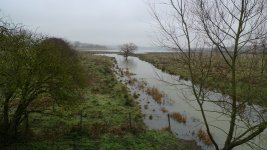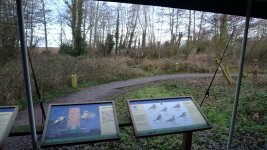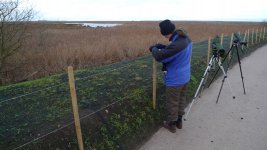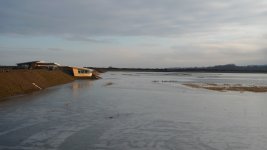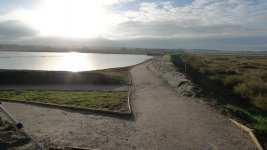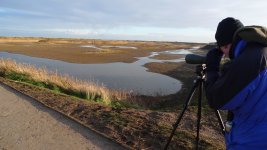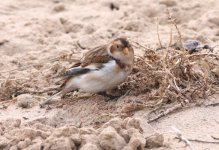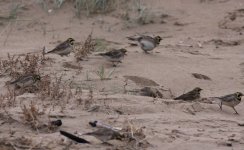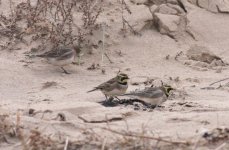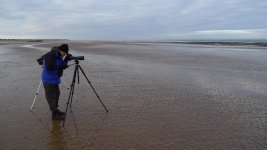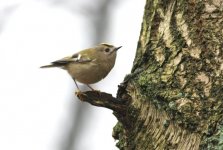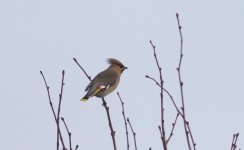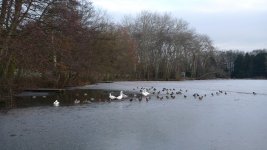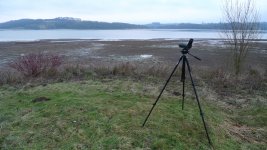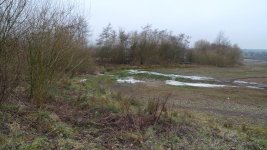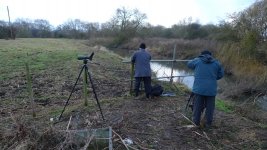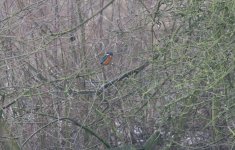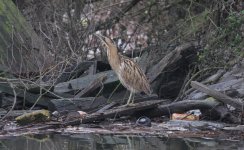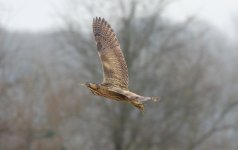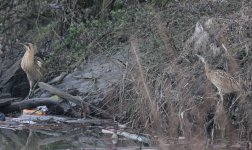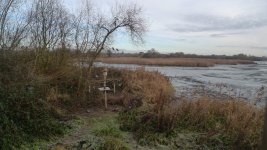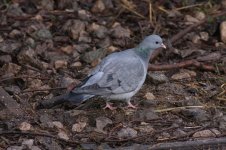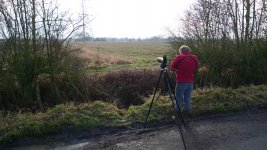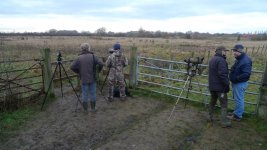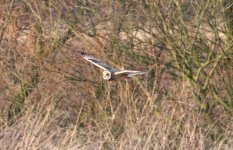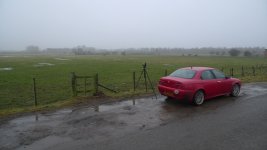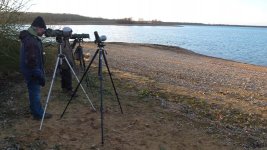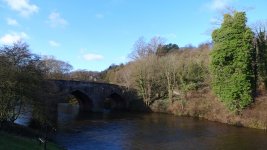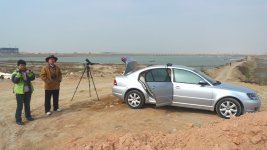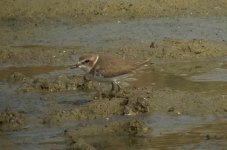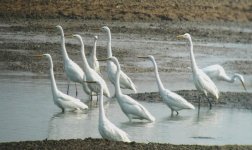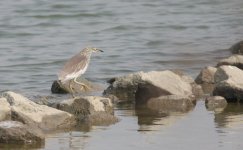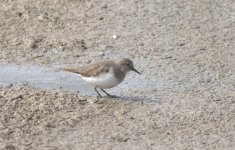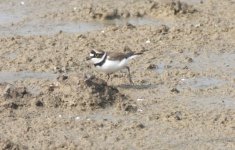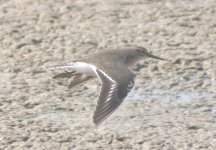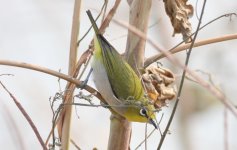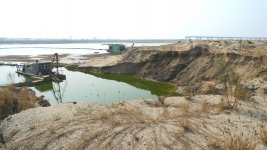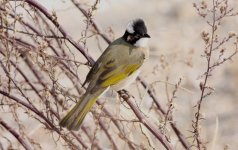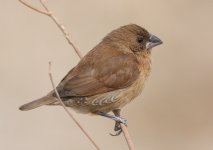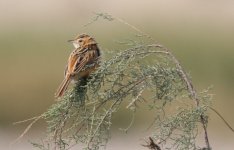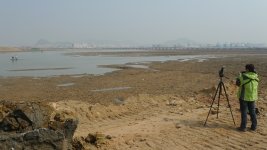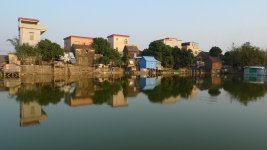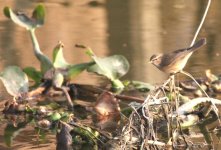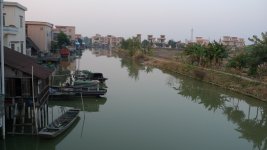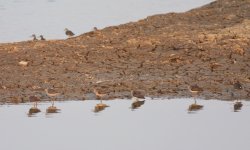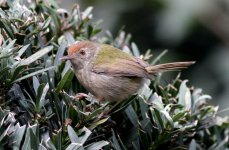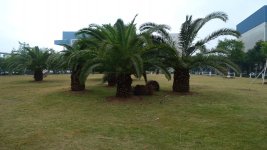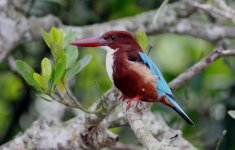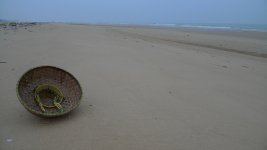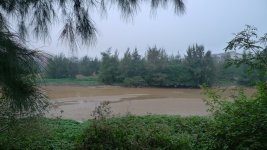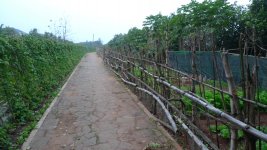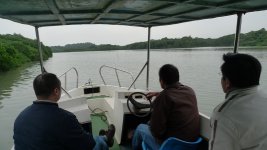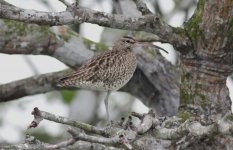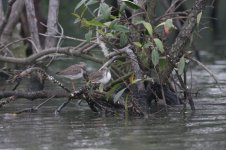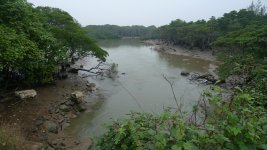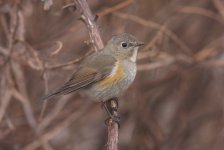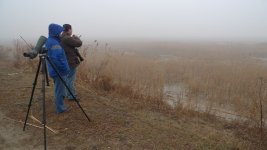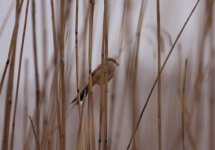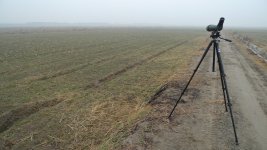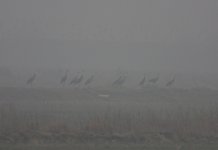ChinaBirds
Nick Sismey
For the sixth straight year I hope to keep track of my birding exploits across the UK, China and Hong Kong recorded here on Birdforum in 2011.
Thanks to visiting several countries this year I beat my previous best score of 443 birds in a year, set in 2008, on 16October2011.
The target in the UK was 200 again, which I am pleased to say I achieved on 22June11 with a Red Footed Falcon, the second time I have hit 200 with this species!
Again Steve Whiteley and David Salisbury (DAS) will be accompanying me on many of the UK trips, Steve being the chief co driver. If he can’t find a reported bird location no-one can. DAS was born with hearing that has Steve and I in awe, he can literally hear a Goldcrest across The Wash in a force 10 gale!.
As of 30 December 2011 my current worldwide year list stands at 565 birds, the UK at 216
---UK-----China-----Hong Kong---Holland---Thailand---Madeira---USA---Germany---France---Singapore---Malaysia---Abu Dhabi---World
--216------177----------83---------14---------97---------28-------69------20---------28---------48----------98----------23--------565
My current records are as follows:
2010-------------UK-210, China-179, Singapore-93,WW-393
2009-------------UK-209, China-189, Hong Kong-113,Holland-4, WW-380
2008-------------UK-220, China-177, Hong Kong-99, Finland-17, USA-84, Canada-22, WW-443
2007-------------UK-200, China-249, WW-398
2006-------------UK-205, WW-410
2005-------------UK-183, WW-358
2004-------------UK-157, WW-276
Life-----1,011
China---494
UK------265
Thanks to visiting several countries this year I beat my previous best score of 443 birds in a year, set in 2008, on 16October2011.
The target in the UK was 200 again, which I am pleased to say I achieved on 22June11 with a Red Footed Falcon, the second time I have hit 200 with this species!
Again Steve Whiteley and David Salisbury (DAS) will be accompanying me on many of the UK trips, Steve being the chief co driver. If he can’t find a reported bird location no-one can. DAS was born with hearing that has Steve and I in awe, he can literally hear a Goldcrest across The Wash in a force 10 gale!.
As of 30 December 2011 my current worldwide year list stands at 565 birds, the UK at 216
---UK-----China-----Hong Kong---Holland---Thailand---Madeira---USA---Germany---France---Singapore---Malaysia---Abu Dhabi---World
--216------177----------83---------14---------97---------28-------69------20---------28---------48----------98----------23--------565
My current records are as follows:
2010-------------UK-210, China-179, Singapore-93,WW-393
2009-------------UK-209, China-189, Hong Kong-113,Holland-4, WW-380
2008-------------UK-220, China-177, Hong Kong-99, Finland-17, USA-84, Canada-22, WW-443
2007-------------UK-200, China-249, WW-398
2006-------------UK-205, WW-410
2005-------------UK-183, WW-358
2004-------------UK-157, WW-276
Life-----1,011
China---494
UK------265
Last edited:




